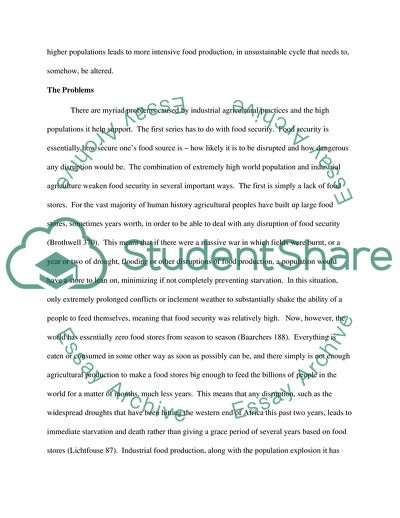Cite this document
(The Dangers and Necessities of Industrial Agriculture Research Paper, n.d.)
The Dangers and Necessities of Industrial Agriculture Research Paper. https://studentshare.org/agriculture/1755695-the-omnivores-dilemma-part-i-research-paper
The Dangers and Necessities of Industrial Agriculture Research Paper. https://studentshare.org/agriculture/1755695-the-omnivores-dilemma-part-i-research-paper
(The Dangers and Necessities of Industrial Agriculture Research Paper)
The Dangers and Necessities of Industrial Agriculture Research Paper. https://studentshare.org/agriculture/1755695-the-omnivores-dilemma-part-i-research-paper.
The Dangers and Necessities of Industrial Agriculture Research Paper. https://studentshare.org/agriculture/1755695-the-omnivores-dilemma-part-i-research-paper.
“The Dangers and Necessities of Industrial Agriculture Research Paper”. https://studentshare.org/agriculture/1755695-the-omnivores-dilemma-part-i-research-paper.


